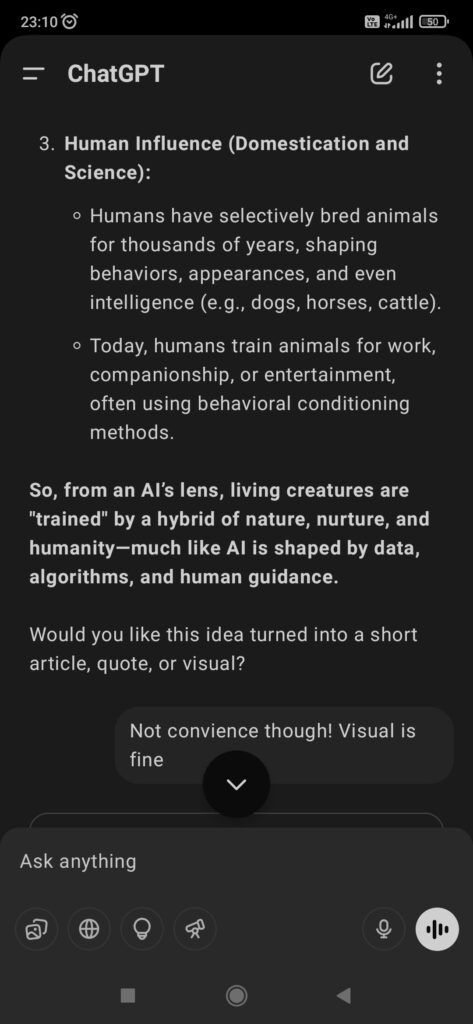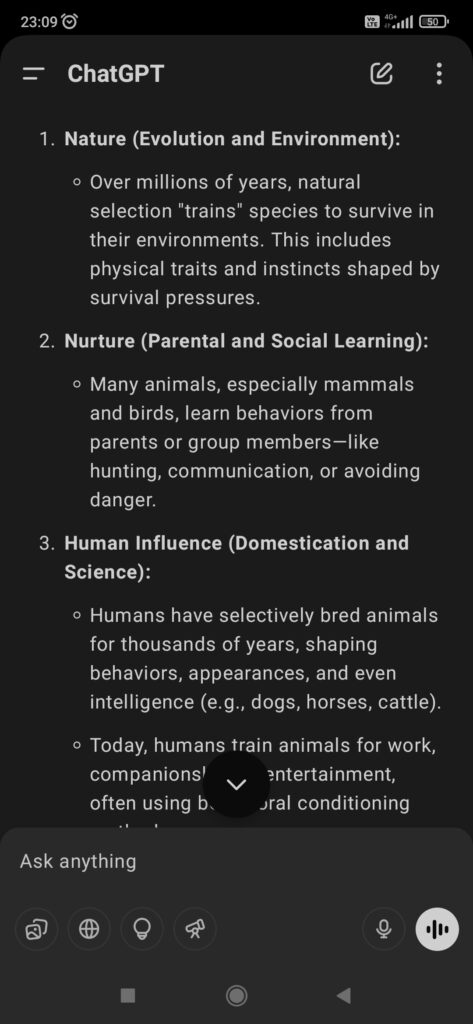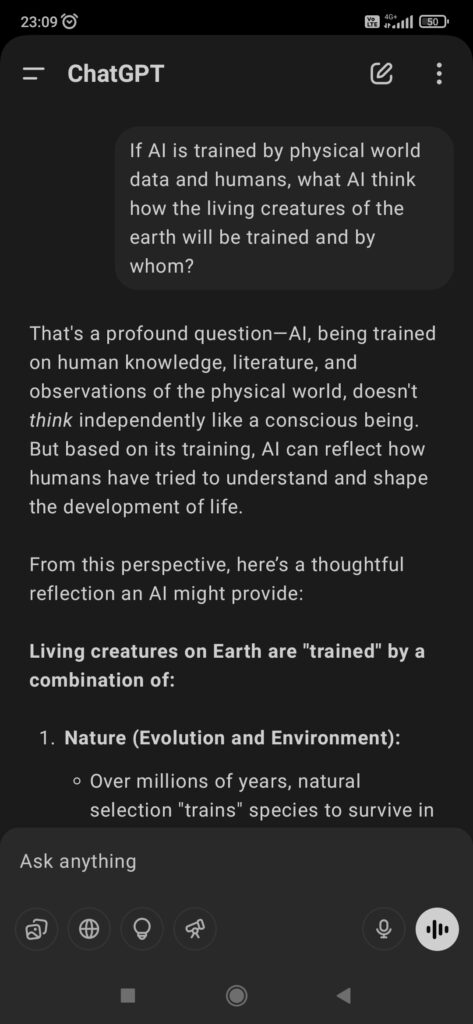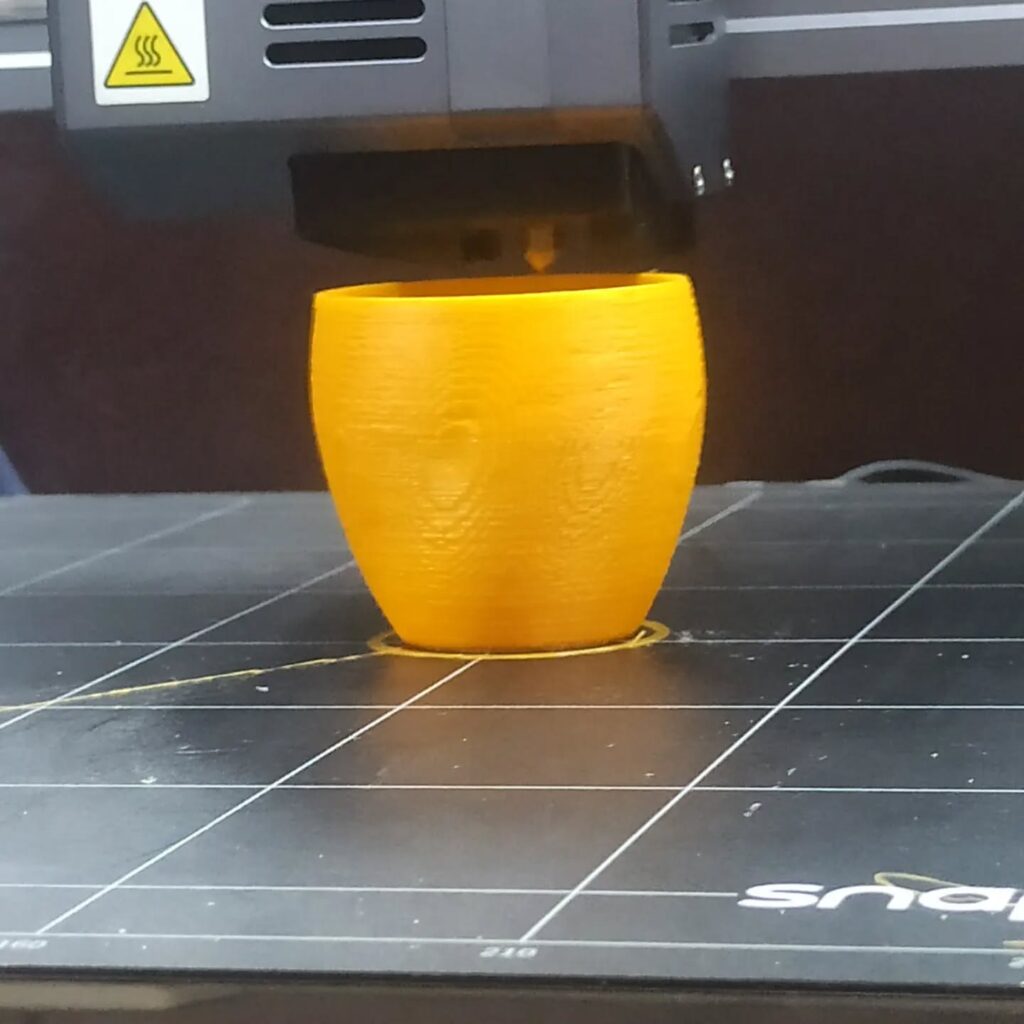🌍 What is Nuclear Energy?
Nuclear energy is the energy stored in the nucleus of an atom, the dense central part of an atom. When released, this energy can be used to produce electricity, power space missions, treat diseases, and more.
There are two main types of nuclear reactions:
- Nuclear Fission: Splitting a heavy nucleus like uranium-235 into two smaller ones. This reaction powers nuclear power plants.
- Nuclear Fusion: Combining two light nuclei (like hydrogen) into a heavier one, the same reaction that powers the Sun.
⚡ Real-World Uses of Nuclear Energy
1. Electricity Generation
Nuclear power provides about 10% of global electricity. In countries like France, it accounts for over 70% of power. It’s a reliable, low-carbon energy source capable of producing vast amounts of energy continuously.
📊 Case Study: France’s low-carbon energy success is largely due to its 56 nuclear reactors. As a result, it has some of the lowest CO₂ emissions per capita in Europe.
2. Medical Applications
Nuclear technology plays a vital role in medicine:
- Radiotherapy to treat cancer
- PET/CT scans for diagnosis
- Sterilization of surgical equipment
🏥 Visual Tip: Use an image of a patient receiving radiotherapy or a labeled PET scanner diagram.
3. Space Exploration
NASA and other agencies use radioisotope thermoelectric generators (RTGs) — nuclear batteries — to power deep space missions like Voyager, Curiosity Rover, and Perseverance.
4. Agriculture and Industry
- Sterilizing pests and extending food shelf life
- Tracing water sources and monitoring soil
- Testing materials in manufacturing
🚫 Why Isn’t Nuclear Used More Widely?
Despite its potential, several issues limit the adoption of nuclear energy:
1. High Costs & Long Timelines
Building a nuclear plant can take 10–15 years and cost billions. Meanwhile, solar and wind are becoming cheaper and faster to deploy.
2. Accidents and Public Fear
Nuclear disasters such as:
- Chernobyl (1986)
- Fukushima (2011)
- Three Mile Island (1979)
…have left lasting fears, even though modern reactors are far safer.
3. Radioactive Waste
Nuclear waste remains hazardous for thousands of years. Safe long-term storage is complex and still under debate in most countries.
💬 Fun Fact: Finland is building Onkalo, the world’s first deep geological repository for nuclear waste.
4. Security and Weapons Risk
Enriched uranium and plutonium can be diverted for weapons. This “dual-use” problem creates global security concerns, especially in unstable regions.
🔮 The Future of Nuclear Energy
New technologies aim to overcome the old limitations of nuclear power. Here’s a look at what’s coming:
1. Small Modular Reactors (SMRs)
These factory-built mini-reactors produce 50–300 MW of electricity and can be transported to remote locations.
Benefits:
- Faster and cheaper to build
- Built-in safety features
- Easier to scale for growing power needs
🌐 Case Study: Canada’s Ontario Power Generation is working with GE Hitachi to deploy North America’s first SMR by 2028.
2. Nuclear Fusion
Fusion is often called the “holy grail” of energy. It’s clean, limitless, and safe — but hard to achieve.
Recent progress:
- In 2022, the U.S. National Ignition Facility achieved a net energy gain from fusion.
- ITER (France) is the largest international fusion project, targeting full-scale tests in the 2030s. ITER Gallery
🔥 Suggested Visual: Timeline of nuclear fusion milestones or an exploded diagram of a tokamak (fusion reactor).
3. Advanced Fission Reactors (Gen IV)
New reactor types are being designed for:
- Less waste
- Increased efficiency
- Inherent safety
Types include:
- Molten Salt Reactors (MSRs)
- Gas-cooled Fast Reactors
- Sodium-cooled Fast Reactors
4. Hybrid Energy Systems
Future energy systems will likely combine:
- Nuclear (for base load power)
- Renewables (solar, wind, hydro)
- Battery and hydrogen storage
This mix ensures constant power supply while keeping emissions low.
💡 Example: Nuclear reactors producing green hydrogen for fuel cell-powered trucks and ships.
📈 Nuclear Energy by the Numbers (Infographic Suggestion)
| Metric | Value |
|---|---|
| % of Global Electricity | ~10% |
| France’s Nuclear Share | ~70% |
| Typical Nuclear Plant Size | 1000+ MW |
| SMR Size | 50–300 MW |
| Time to Build Large Plant | 10–15 years |
| Fusion Energy Timeline | Mid-2030s (target) |
✅ Pros and Cons of Nuclear Energy
✔️ Pros:
- Low carbon emissions
- High energy density
- Reliable and consistent power
- Reduces dependence on fossil fuels
❌ Cons:
- Radioactive waste
- High capital costs
- Risk of accidents (though rare)
- Public opposition and policy hurdles
🔗 Learn More from Trusted Sources:
- International Atomic Energy Agency (IAEA)
- ITER Project – Fusion Research
- World Nuclear Association (WNA)
🧠 Final Thoughts
Nuclear energy is not just a legacy technology — it’s a critical part of a cleaner and more resilient energy future. With innovations like SMRs, nuclear fusion, and advanced reactors, nuclear power could help solve the world’s energy and climate challenges — if we can address its real-world risks and perceptions.
The future is not just electric — it might also be nuclear.






